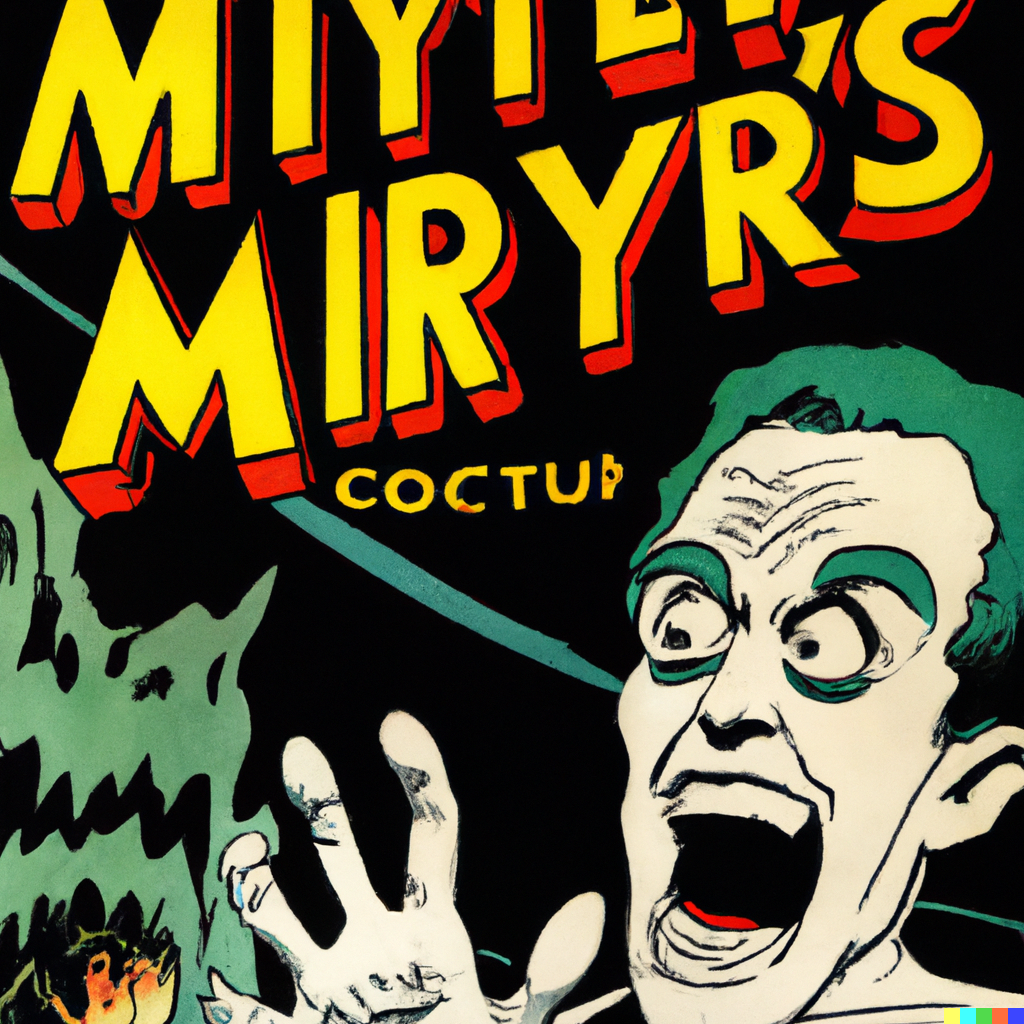Question to help me increase my understanding on what’s going on in the Linux desktop stack. I’ve heard Gnome doesn’t support VRR while KDE does.
Why does this matter, isn’t Wayland or X11 the one that would ultimately need to support VRR? Basically when running a game that I want to use VRR with, why does it matter what my desktop environment is doing?


Someone smarter than me can probably explain this way better…
As far as Wayland goes, If I remember correctly, it’s mainly just a protocol, and Gnome/KDE do all the actual work of making stuff happen, so both need to support it to have it work correctly. Like if Wayland was a language like French, Gnome and KDE need to know the French words for something before they can have conversations about it, and Gnome hasn’t been as studious with it’s dictionary in regards to VRR. X11 just has an ancient code-base, and adding support for anything involves a lot of effort to make sure something else isn’t broken by the addition.
Gnome hasn’t officially merged support for VRR yet, but there is a merge request to add support, and a patched version built on that code available if you want to try it (mutter-vrr, gnome-control-center-vrr) at least on Arch Linux’s AUR.
Open since three years: https://gitlab.gnome.org/GNOME/mutter/-/merge_requests/1154
And in all that time, more talking than coding.
You sound plenty smart to me, thanks for educating me
The stupid thing is mutter-vrr works far better than Plasma’s implementation in my experience. Plasma locks refresh rate to max if your cursor is moving, causing games that use the cursor to stutter badly while the mutter implementation refreshes the cursor at the game’s rate as expected.
Oh that is crazy, will have to try out KDE VRR out on my machine and see if I get the same behavior.